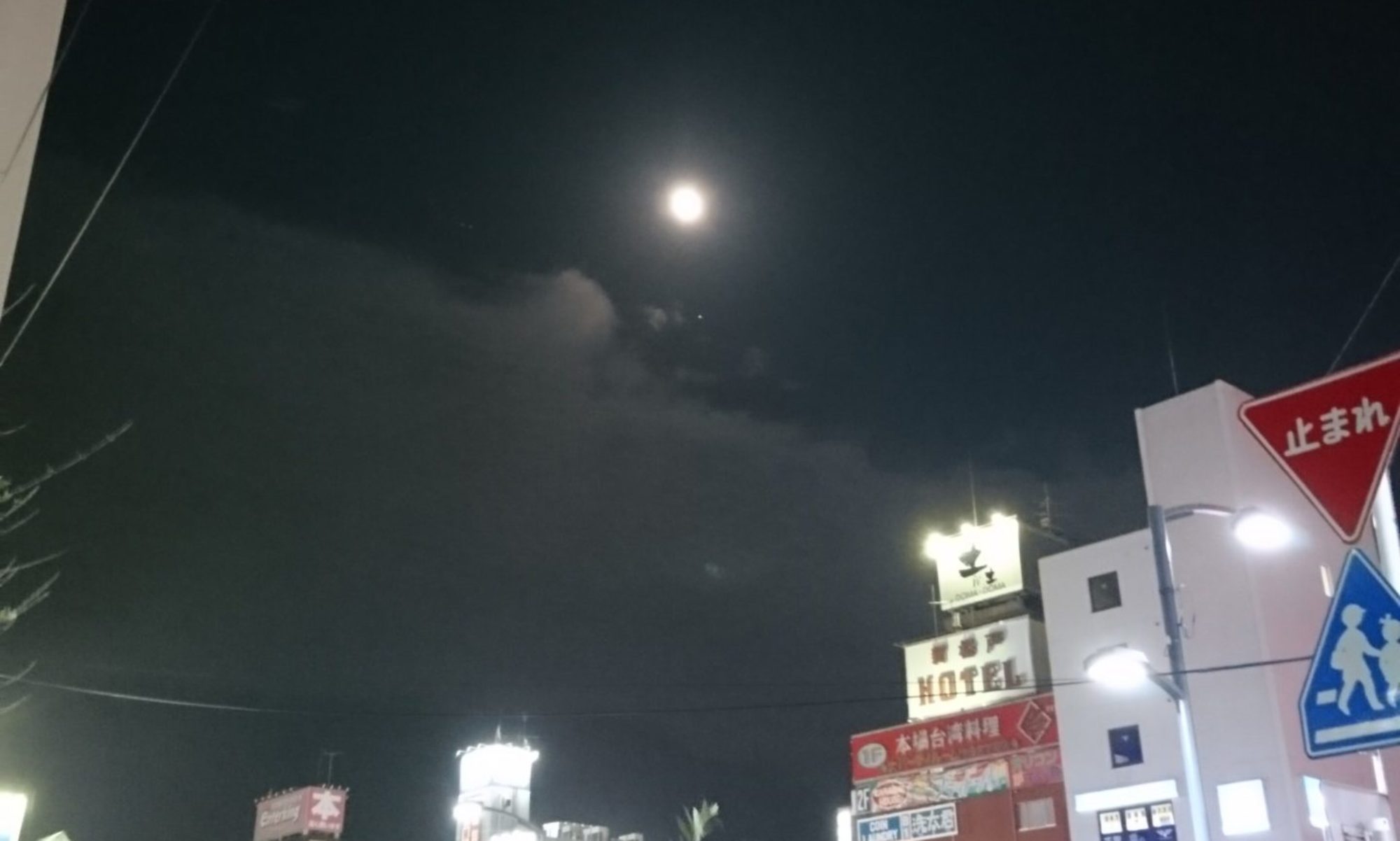The Empire of Japan accepted the Potsdam Declaration on August 14, 1945. Two weeks later, on September 2, Foreign Minister Shigemitsu signed the instrument of surrender aboard the battleship Missouri in Tokyo Bay. Just 40 days later, on October 12, the occupation forces issued a notice titled “Control of Narcotic Products and Records in Japan.”


You can read the contents at Nagoya University’s digital archive.
Under this command, the occupation forces completely banned the production and cultivation of opium, cocaine, morphine, heroin, and marijuana. The variety of marijuana is designated as “Cannabis Sativa L.” This is directly reflected in the Cannabis Control Law, and the word Cannabis Sativa L appears in the same law.
At that time, there was no custom of smoking marijuana as a drug in Japan, and there were no social problems. Indian cannabis for smoking was imported and sold commercially as an asthma medicine.
Therefore, Japanese politicians did not recognize that hemp, which hemp farmers cultivate for fiber, and marijuana (Cannabis Sativa L) were the same thing. However, the occupation forces demanded a total ban on the textile hemp grown by hemp farmers.
When Japanese politicians received this order, they did not understand its meaning. I previously introduced that the bureaucrats of the time kept records of that time.
Why did the occupation forces immediately ban hemp cultivation when there was no problem with marijuana?
In conclusion, I believe that the occupation forces did not originally prohibit hemp as a drug, but suppressed hemp as a fiber. Until then, many textile products such as clothing and rope in Japan were made from hemp. However, after the occupation forces suppressed hemp cultivation, products made from petroleum quickly took over the Japanese market.
